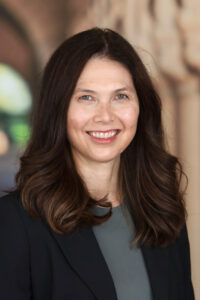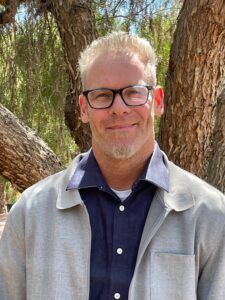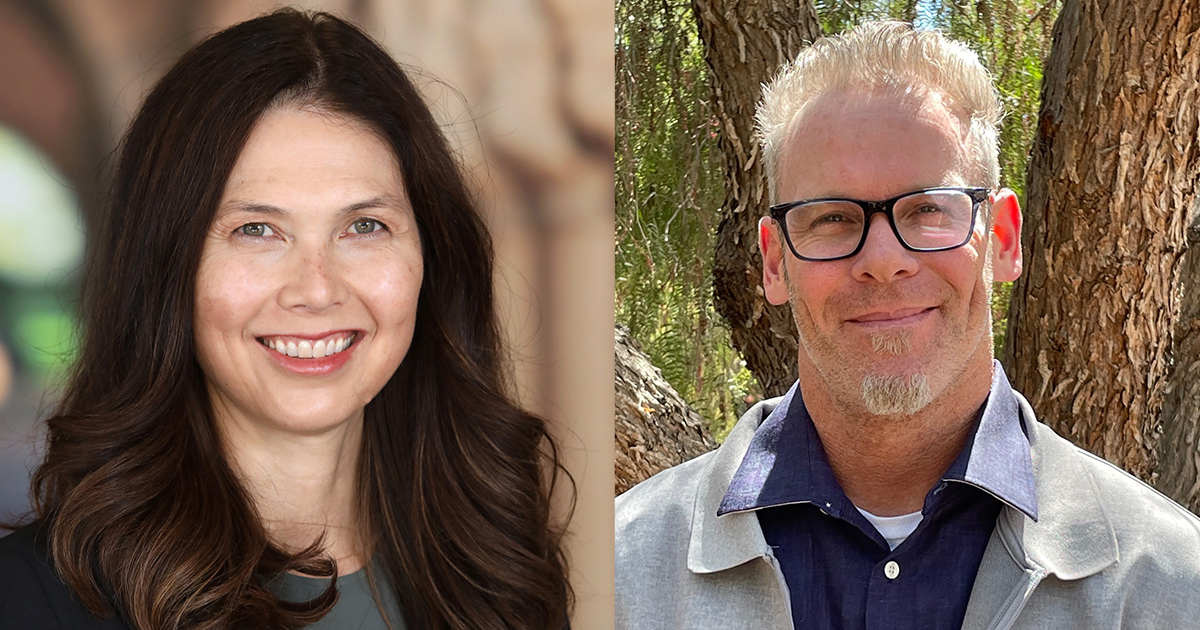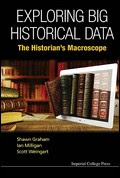Tag: digital history
Oral History Project Wins Autry Public History Prize
The UC Berkeley Oral History Center (OHC) is thrilled to announce that OHC historian Todd Holmes and project partner Emi Kuboyama from Stanford University have won the 2023 Autry Public History Prize for their digital project, Redress: An Oral History. The award is given by the Western History Association for the best project in public history. Released to the public in 2022, the project documents the history of Japanese American Redress through oral histories and a documentary film, which are featured with related historical resources on a dedicated educational website.

Holmes and Kuboyama began the project in 2018 with the initial goal of documenting the history of the Office of Redress Administration (ORA), the little-known agency charged with administering redress by the Civil Liberties Act of 1988. Emi Kuboyama, the principal creator of the project, had a direct link to the agency and its work. As a native of Hawaii, she was no stranger to the history of Japanese American incarceration or the impact that dark period still held in Japanese American communities. She also began her legal career with the agency in 1994, an experience that had a profound impact on her personally and professionally.
In 2017, Kuboyama attended the OHC’s Advanced Oral History Institute to explore how oral history could help document the historic redress program and the work of the ORA. There she met OHC historian Todd Holmes and the two agreed to partner on the project. With the support of a Japanese American Confinement Sites grant from the National Parks Service, they conducted over a dozen interviews with former ORA staff, as well as community leaders affiliated with the program. The recordings and transcripts of those interviews are now housed at the Densho Digital Repository. Upon the completion of the oral history interviews, Holmes and Kuboyama recognized the need to put the history of the ORA into conversation with the experience of the Japanese American community in its forty-six-year journey from internment to redress. With the generous support of the Henri and Tomoye Takahashi Foundation, they enlisted the help of filmmaker Jon Ayon. The collaboration resulted in the film, Redress, which offers the first in-depth look at the history of Japanese American redress as told by the community members who took part in the program, and the government professionals who administered it.

The last part of this digital project was to create a website that would not only serve as a home for the oral histories and film, but also an educational space for students and the public to learn more about the history of redress. Created by Todd Holmes and Heidi Holmes, the website features two historical pages that supplement the film and oral histories, as well as a resources page that points visitors to related historical material such as books, films, and oral history collections. Since the project’s release in fall 2022, the website has received over 43,000 visitors.
The prize was awarded to Holmes and Kuboyama in October 2023 at the annual Western History Association Conference. In the awards program, the Autry Committee praised the Redress project as “an excellent model of professional public history practice that documents a moment in Western American History that has particular significance for today’s conversations about reparations within other marginalized groups.” The committee also applauded how the project “showcases the power of the medium of oral history.”
The Oral History Center congratulates Todd Holmes, Emi Kuboyama, and their partners on an outstanding project and contribution. For more on the history of Japanese American Redress, visit the project website. And to learn more about the Japanese American experience and the legacy of WWII, see the new oral histories of the OHC’s Japanese American Intergenerational Narratives project, which are featured in the newest season of The Berkeley Remix podcast.
Resources
Redress: An Oral History website
Oral History Center’s Japanese American Intergenerational Narratives Oral History Project
The Berkeley Remix podcast: Season 8: “‘From Generation to Generation’: The Legacy of Japanese American Incarceration”
Digital Humanities: Mapping Occupation
Quoted from the project website:
“Mapping Occupation, by Gregory P. Downs and Scott Nesbit, captures the regions where the United States Army could effectively act as an occupying force in the Reconstruction South. For the first time, it presents the basic nuts-and-bolts facts about the Army’s presence, movements that are central to understanding the occupation of the South. That data in turn reorients our understanding of the Reconstruction that followed Confederate surrender. Viewers can use these maps as a guide through a complex period, a massive data source, and a first step in capturing the federal government’s new reach into the countryside.
“From the start of the Civil War and through the 1870s, the U.S. Army remained the key institution that newly freed people in the South could access as they tried to defend their rights. While slaves took the crucial steps to seize their chance at freedom, soldiers helped convince planters that slavery was dead, overturned local laws and court cases, and in other ways worked with freed people to construct a new form of federal power on the ground.
“The army was central to the story of Reconstruction, yet basic information about where the Army was, in what numbers, and with what types of troops, has been difficult to find. Downs gathered this information from manuscript sources in the National Archives and other repositories in preparation for his book, After Appomattox: Military Occupation and the Ends of War (Cambridge, Harvard University Press, 2015). Mapping Occupation presents an expanded version of this information in an online interface and as a downloadable data. Downs and Nesbit then used these locations to create rough estimates of the Army’s reach and, importantly, the places from which freedpeople and others could reach the Army in order to bring complaints about outrages and other forms of injustice. The methods by which we created these estimates are discussed here.
“Mapping Occupation presents this history and geography in two ways: as a spatial narrative, guiding the user through key stages in the spatial history of the army in Reconstruction; and as an exploratory map, in which users are free to build their own narratives out of the data that we have curated here. Both afford visitors to the site important tools for mapping the Army’s reach in the Reconstruction South.”
Featured Book: Exploring Big Historical Data: The Historian’s Macroscope
I’ve just ordered a copy of Exploring Big Historical Data: The Historian’s Macroscope for the Library, but have also discovered that there is a pre-press version available online.
You can find more information about the book at the publisher’s website.
Resource: Using GIS to explore Historical Texts
Ian Gregory, one of the authors of Historical GIS: Technologies, Methodologies, and Scholarship has a lecture on “Using GIS to explore Historical Texts” available on HistorySpot. The podcast, video, and slides can be found on the site.

